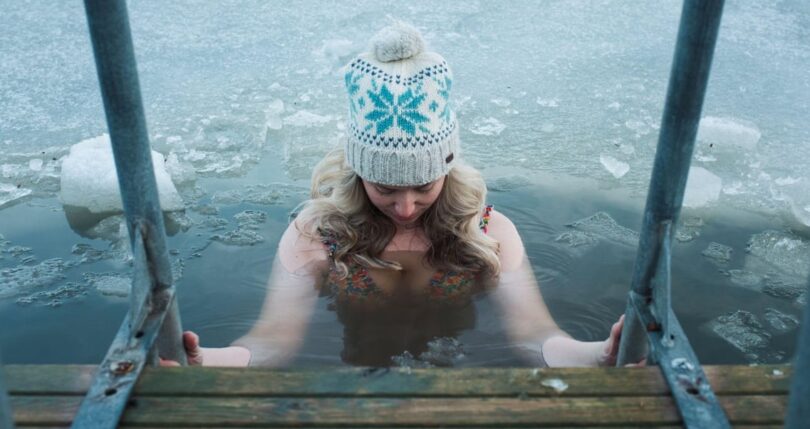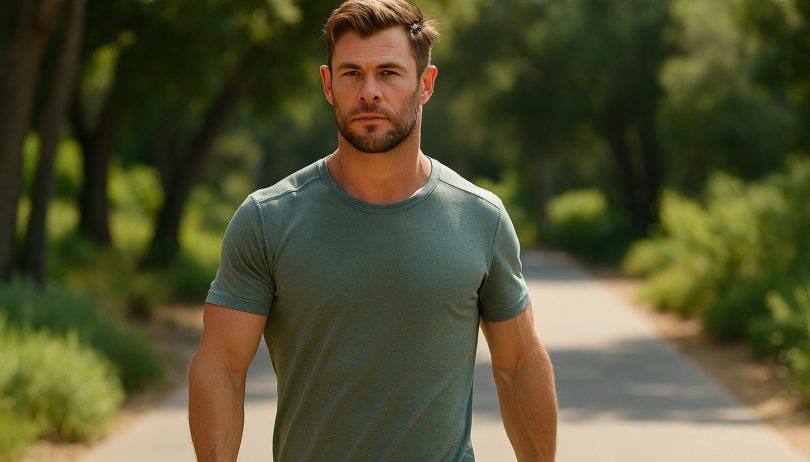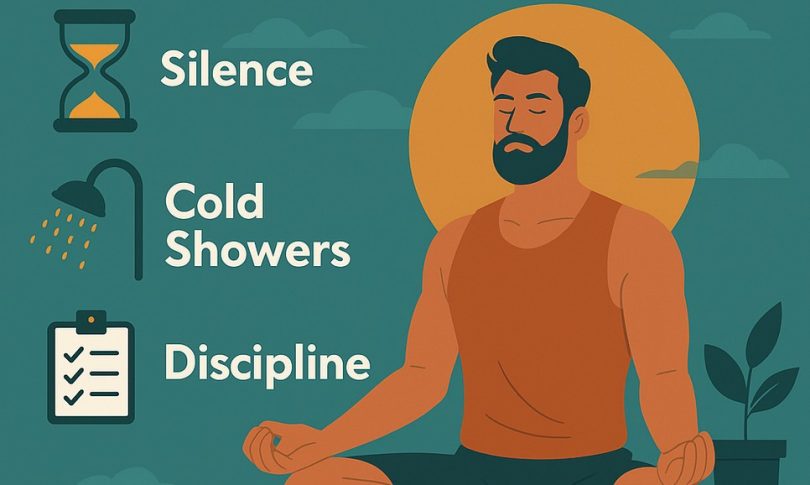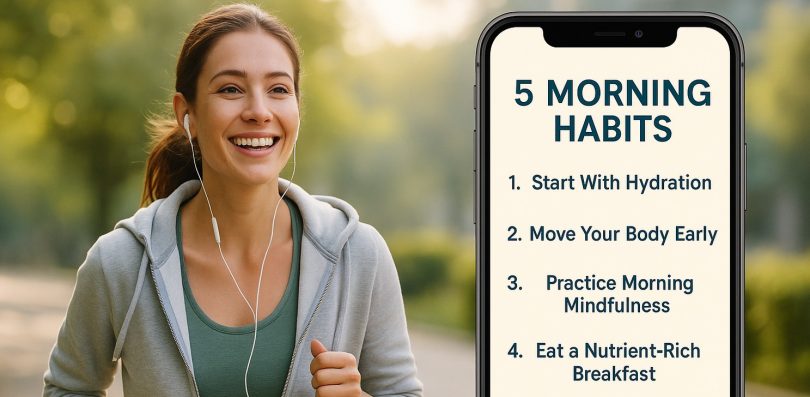What was once a niche recovery method for elite athletes has become a global trend. From ice baths in backyards to cryotherapy chambers in luxury wellness centers, cold thermogenesis is shaping how we think about resilience, health, and performance.
What Is Cold Thermogenesis?
Cold thermogenesis refers to the body’s adaptation to repeated exposure to cold, whether through ice baths, cold showers, or cryotherapy chambers. By forcing the body to regulate temperature in extreme conditions, this practice triggers unique physiological responses that many claim boost energy, recovery, and mental clarity.
The Benefits Backed by Science
- Faster recovery: Cold immersion reduces inflammation and muscle soreness after workouts.
- Metabolic boost: Cold exposure activates brown fat, which burns calories to generate heat.
- Mental health: Studies show cold exposure can reduce anxiety, stress, and even symptoms of depression.
- Improved circulation: Alternating between cold and warm environments enhances blood flow.
- Immune resilience: Regular cold therapy is linked to stronger immune response.
Why the Trend Is Growing
Public figures like Wim Hof, professional athletes, and Hollywood celebrities have made cold exposure a mainstream wellness practice. Social media challenges showcase people sitting in barrels of ice or stepping into cryo-chambers, turning resilience into a cultural badge of honor. Wellness centers now market cold immersion as both a performance tool and a mental “reset.”
Tips for Trying It Safely
- Start with short cold showers before progressing to ice baths.
- Limit immersion to 2–5 minutes at first to avoid hypothermia.
- Consult a doctor if you have cardiovascular conditions before trying cryotherapy.
- Pair cold therapy with breathing exercises to improve tolerance and calm the nervous system.
Bottom line: Cold thermogenesis isn’t just about braving discomfort. Done wisely, it can become a powerful practice for recovery, mental strength, and overall wellness.






